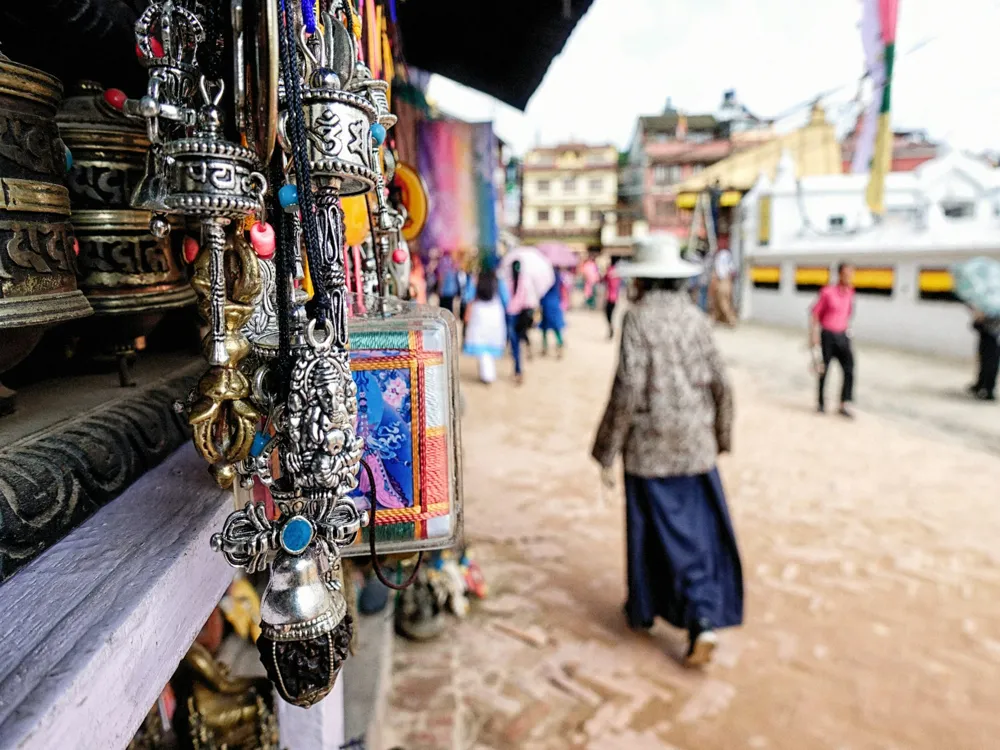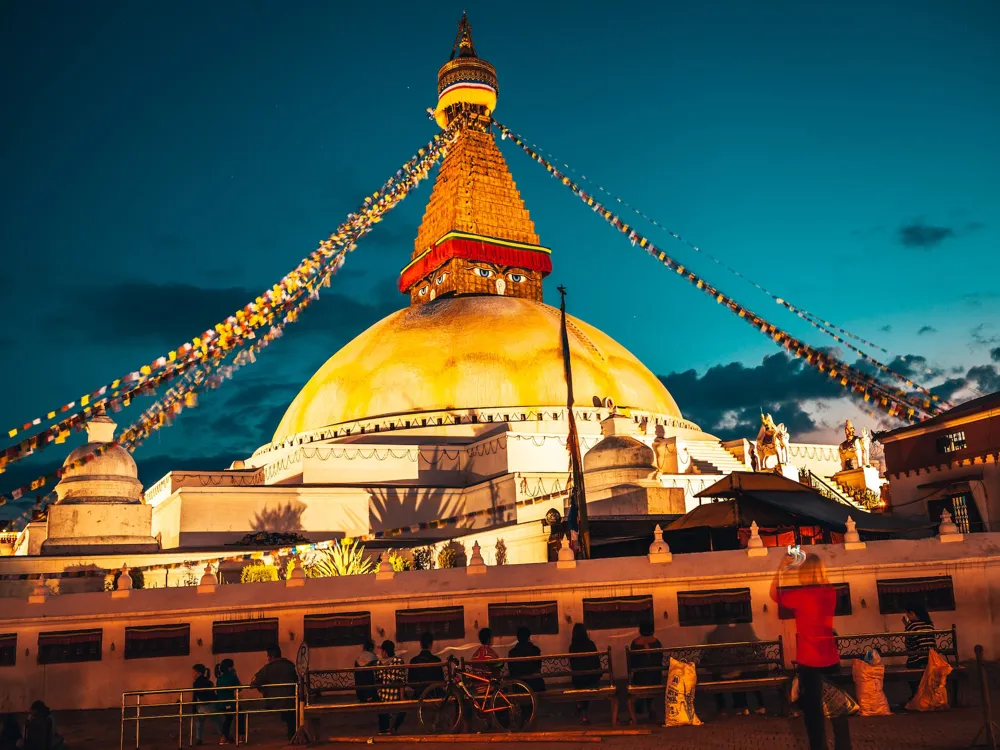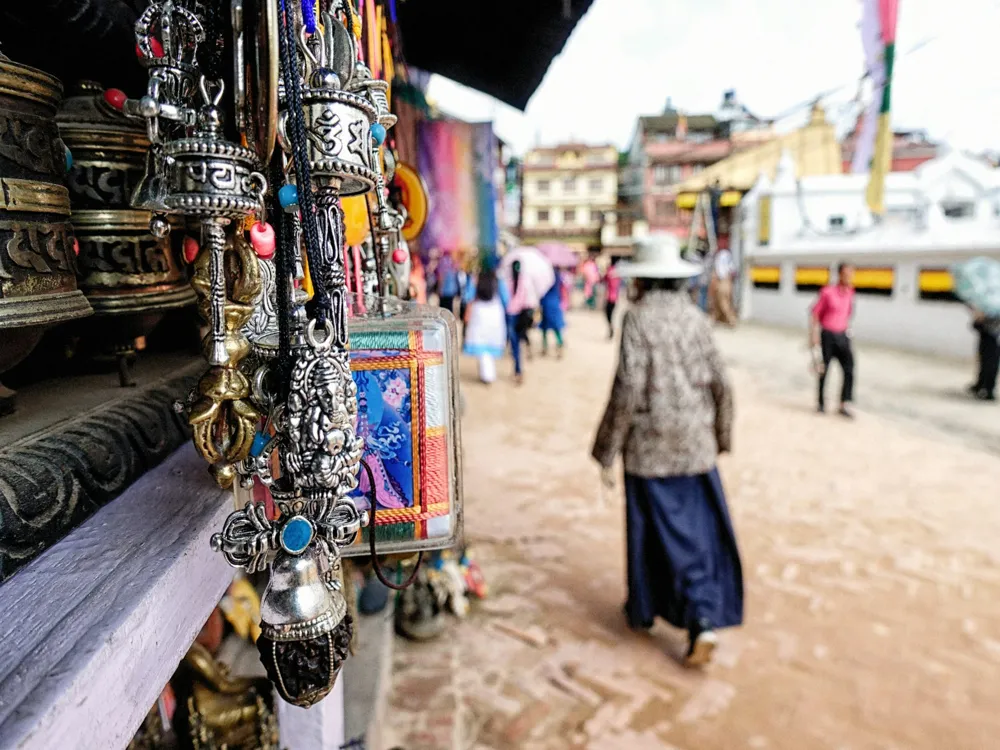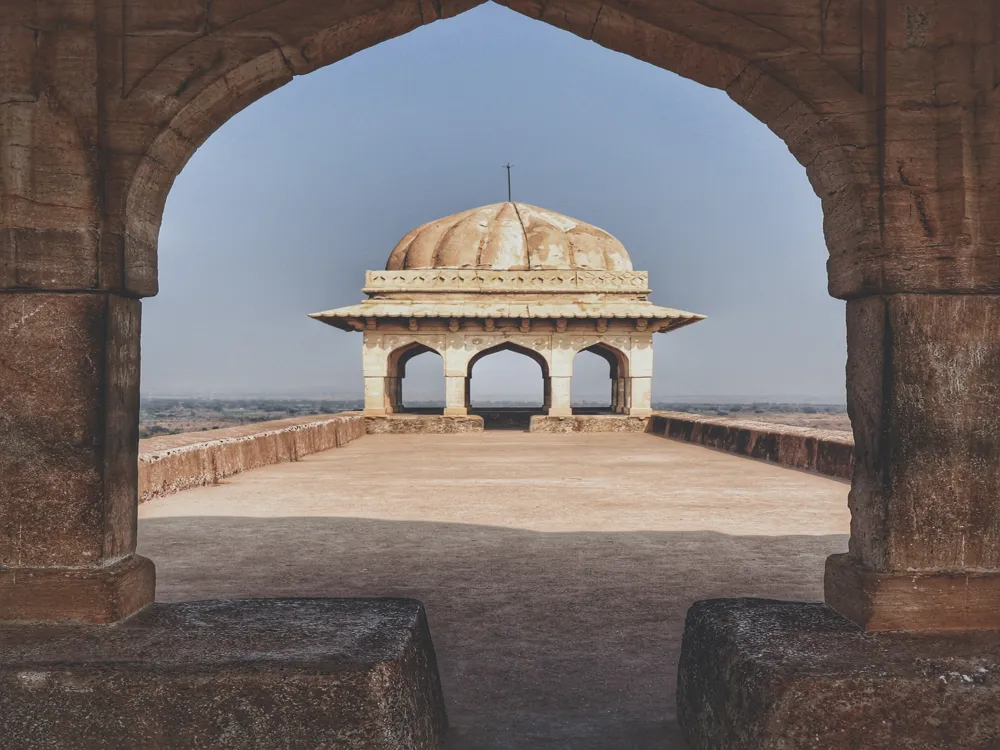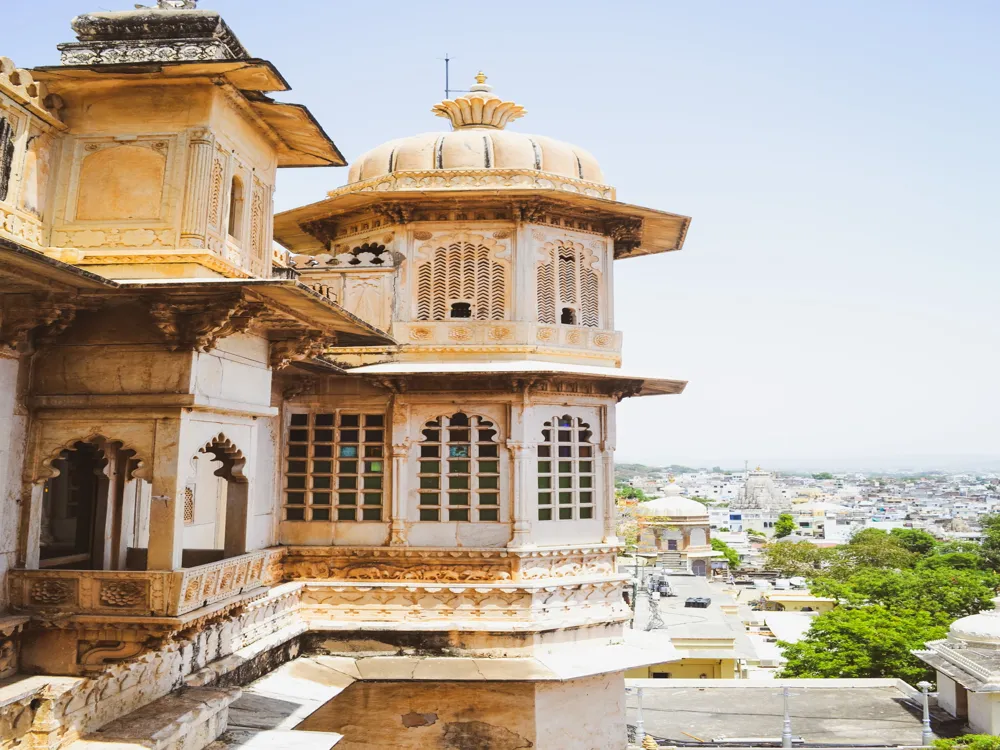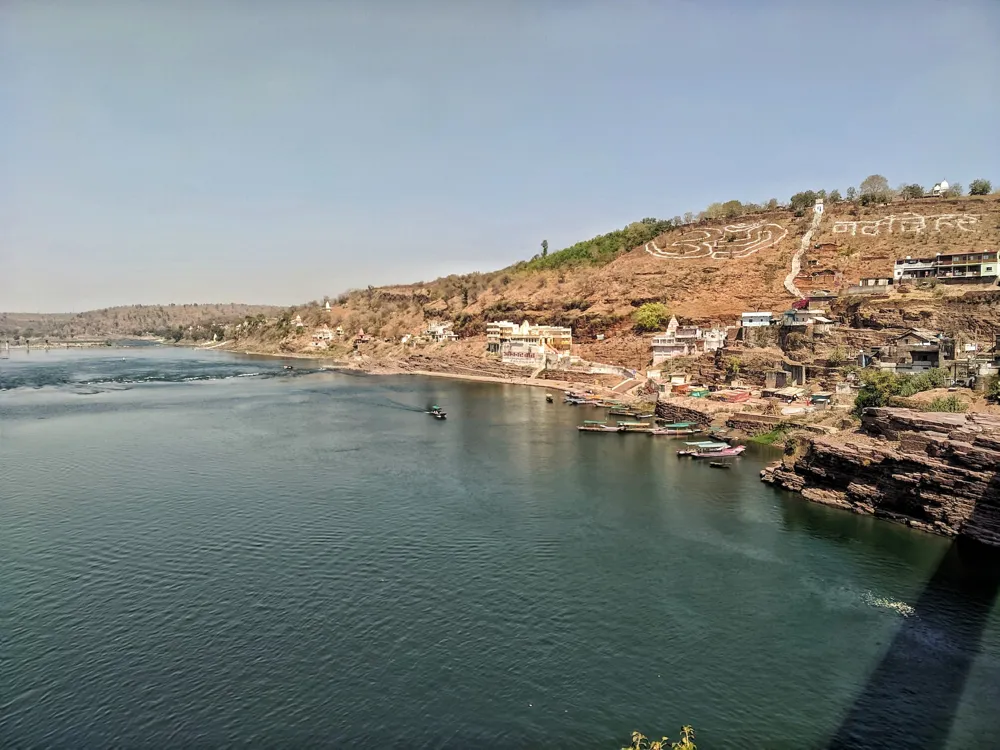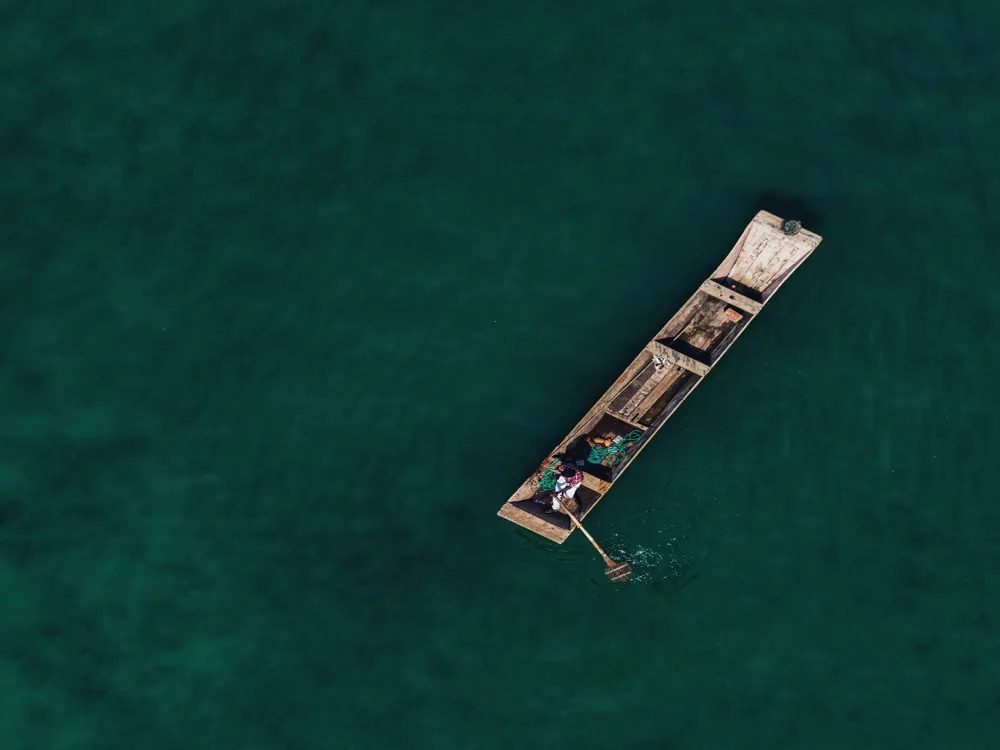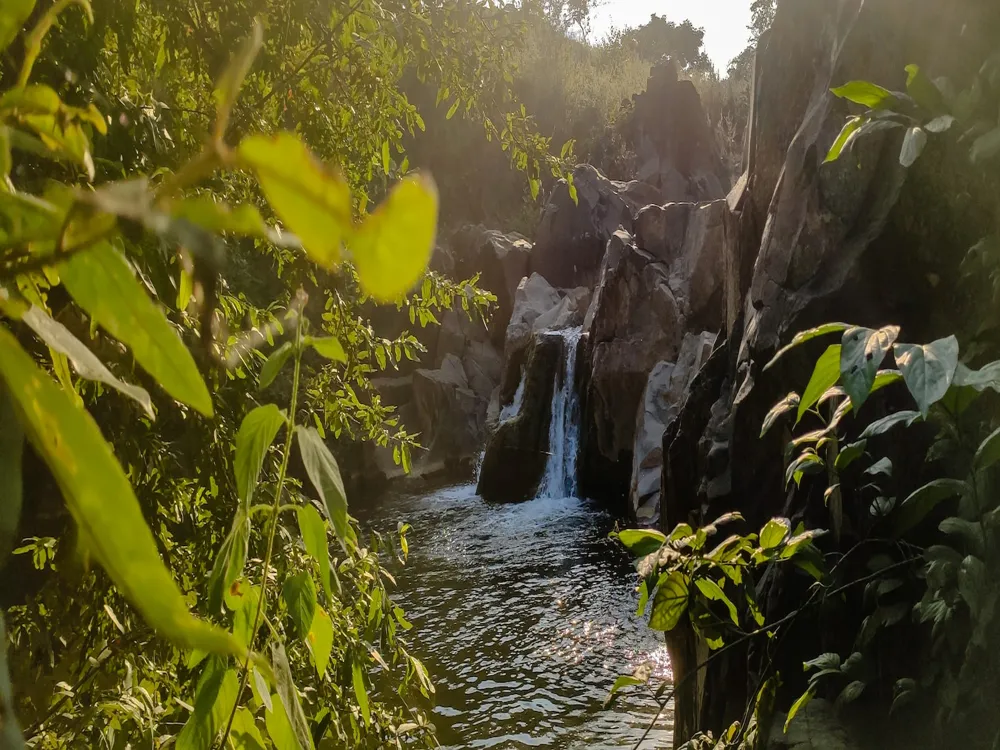Nestled in the heart of Kathmandu, the Narayanhiti Palace stands as a symbol of Nepal's royal history and cultural heritage. This grand palace, once the residence of the country's monarchs, is now a public museum, attracting visitors from around the globe. Its name, 'Narayanhiti', is derived from two words - 'Narayan', a form of the Hindu god Vishnu, and 'Hiti', meaning water spout, which is situated in the eastern side of the main entrance. The palace's history is as rich and varied as the country itself, reflecting the many changes Nepal has undergone. The Narayanhiti Palace has witnessed significant events in Nepalese history, including the royal massacre in 2001. This tragic event led to the end of the monarchy and the establishment of a republic in 2008, after which the palace was converted into a museum. The transformation of the palace into a museum symbolizes Nepal's journey from a monarchy to a republic, offering visitors a chance to delve into the nation's intriguing past. The palace's architecture is a fusion of traditional Nepalese, Victorian, and contemporary styles, making it a unique landmark in Kathmandu. As a museum, Narayanhiti Palace showcases the opulence and lifestyle of Nepal's former royal family. The palace's rooms and halls, once restricted to royal access, are now open to the public, displaying royal memorabilia, including gifts from foreign dignitaries, and providing insights into the royal lifestyle. The coronation hall, where kings of Nepal were crowned, is a significant attraction. The museum also sheds light on the socio-political history of Nepal, making it an essential visit for those interested in understanding the country's past and evolution. The Narayanhiti Palace is a marvel of architectural design, embodying a blend of traditional Nepalese, Victorian, and contemporary styles. Designed by the Californian architect Benjamin Polk in the 1960s, the palace's architectural style marked a departure from the traditional pagoda style prevalent in Nepal. This modern design was a symbol of the then-king's ambition to modernize Nepal. The palace's exterior, with its imposing façade, large windows, and unique geometric patterns, reflects a contemporary aesthetic with traditional Nepalese elements. The interior of Narayanhiti Palace is equally impressive. Each room is named after the districts of Nepal and is adorned with lavish decorations, intricate woodwork, and traditional artworks. The grand banquet hall, with its elaborate chandeliers and exquisite furnishings, showcases the luxurious lifestyle of the royal family. The blend of different architectural styles within the palace's interiors creates a distinctive and opulent ambience, reflective of the cultural and historical diversity of Nepal. One of the most striking features of the Narayanhiti Palace is its meticulous attention to detail. From the intricately carved doors and windows to the beautifully landscaped gardens, every aspect of the palace has been designed with precision and care. The use of local materials and craftsmanship in the construction and decoration of the palace highlights the rich artisanship of Nepal. The palace's architecture not only serves as a visual treat but also tells the story of Nepal's journey through time, from a traditional kingdom to a modern republic. Before visiting the Narayanhiti Palace, it's important to plan your trip carefully. Check the palace's opening hours and entrance fees online. It's advisable to visit during weekdays to avoid large crowds. Photography inside the palace is not allowed, so prepare to store your camera and other electronic devices in the provided lockers. Dress respectfully as the palace is a site of historical and cultural significance. As you explore the Narayanhiti Palace, take your time to appreciate the intricate details in each room and corridor. Hiring a guide can enhance your experience, as they can provide in-depth information about the palace's history and architecture. Don't miss the coronation hall and the beautiful gardens. Be mindful of the palace's rules and respect the exhibits by not touching or damaging them. Ensure you keep your belongings safe, as the palace can get crowded. Wear comfortable shoes as there will be a fair amount of walking. If you have any questions or need assistance, don't hesitate to approach the staff. They are generally helpful and can guide you through the palace's layout and exhibits. Narayanhiti Palace is conveniently located in Kathmandu and is easily accessible by various means of transportation. If you're staying in Kathmandu, you can take a taxi or a local bus to reach the palace. For international visitors, Tribhuvan International Airport is the nearest airport. From there, taxis are readily available to take you directly to the palace. Alternatively, you can hire a car or use ride-sharing services available in the city for a more comfortable journey. Read MoreOverview of Narayanhiti Palace, Kathmandu
Architecture of Narayanhiti Palace
Tips When Visiting Narayanhiti Palace
Planning Your Visit
Exploring the Palace
Safety and Convenience
How To Reach Narayanhiti Palace
Narayanhiti Palace
Kathmandu
₹ 11,658 onwards
View kathmandu Packages
Weather :
Tags : Forts & Palaces
Timings : 11:00 AM - 3:00 PM
Closed on Tuesday
Timings may differ on Wednesday
Entry Fee : Nepali Nationals: NPR 100
Students: NPR 20
SAARC Nationals: NPR 250
Other Foreign Nationals: NPR 500
Restricted items : Cameras and bags are not allowed inside but lockers are available
Planning a Trip? Ask Your Question
Also Refered As:
Naraynhiti Palace Museum
Kathmandu Travel Packages
View All Packages For Kathmandu
Top Hotel Collections for Kathmandu

Private Pool

Luxury Hotels

5-Star Hotels

Pet Friendly
Top Hotels Near Kathmandu
Other Top Ranking Places In Kathmandu
View All Places To Visit In kathmandu
View kathmandu Packages
Weather :
Tags : Forts & Palaces
Timings : 11:00 AM - 3:00 PM
Closed on Tuesday
Timings may differ on Wednesday
Entry Fee : Nepali Nationals: NPR 100
Students: NPR 20
SAARC Nationals: NPR 250
Other Foreign Nationals: NPR 500
Restricted items : Cameras and bags are not allowed inside but lockers are available
Planning a Trip? Ask Your Question
Also Refered As:
Naraynhiti Palace Museum
Kathmandu Travel Packages
View All Packages For Kathmandu
Top Hotel Collections for Kathmandu

Private Pool

Luxury Hotels

5-Star Hotels

Pet Friendly







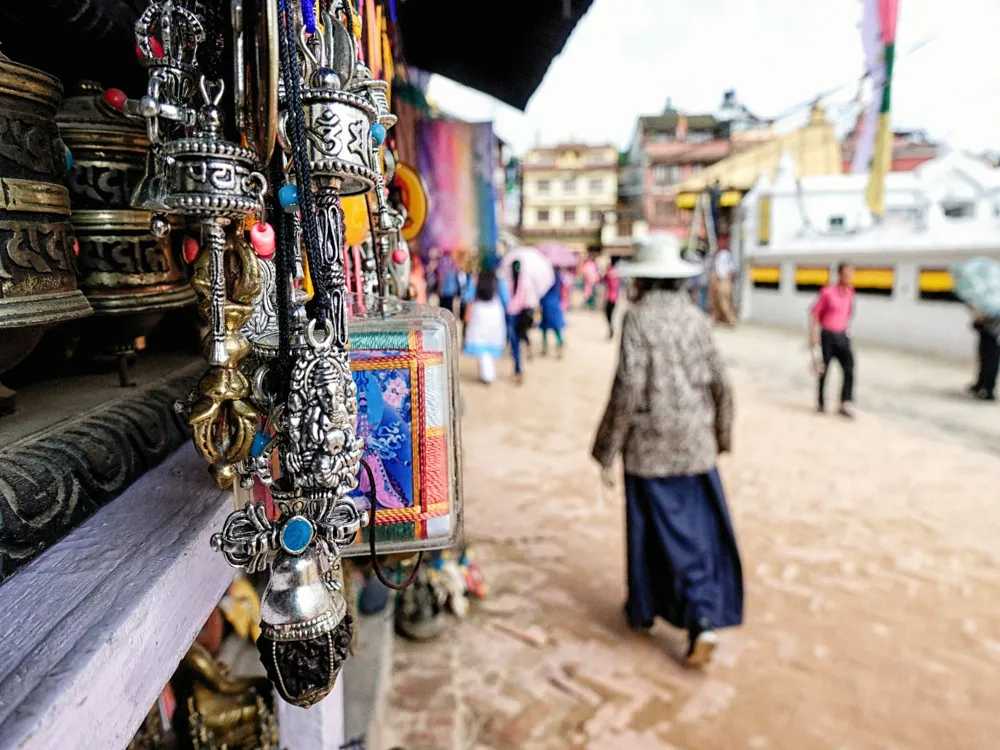
/asan-bazar-asan-tole-slider-1.webp)
